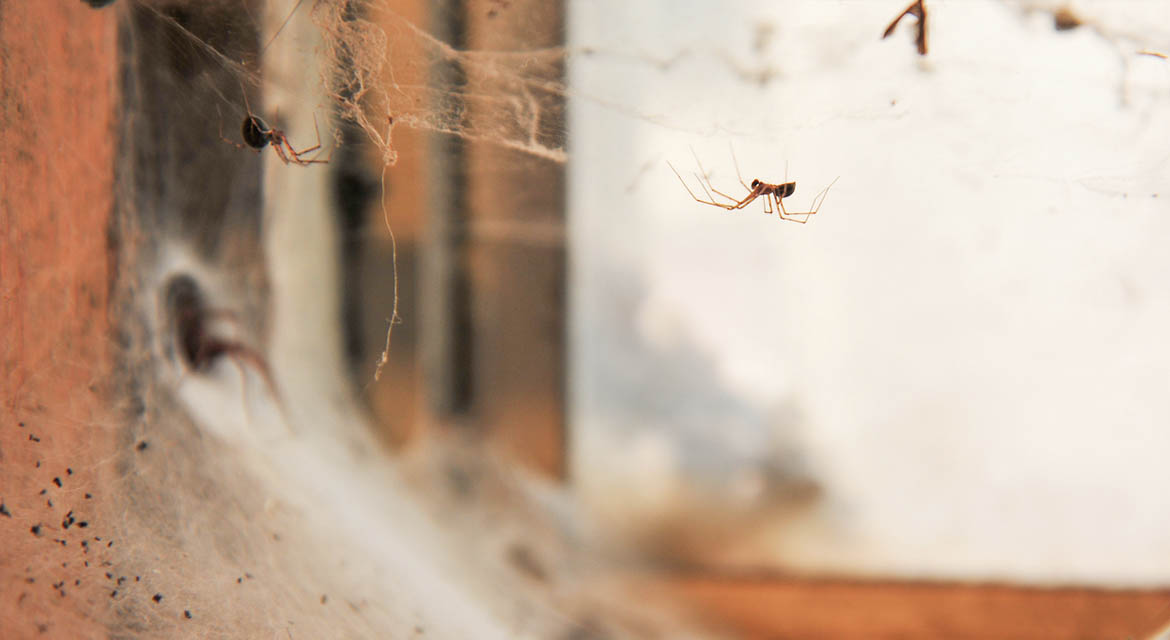Spider Facts & Information
Spider Overview
Spiders are fascinating arachnids that belong to the class Arachnida and the order Araneae. These eight-legged creatures are found in almost every corner of the globe, inhabiting a wide range of ecosystems from dense rainforests to arid deserts. Spiders come in various sizes, with some measuring less than a millimeter in length, while others, like the Goliath birdeater, can reach sizes of up to a foot in diameter. They are renowned for their silk-spinning abilities, which they use for building intricate webs to catch prey, creating protective retreats, or as a means of dispersal. While many people associate spiders with their role as predators, some are also scavengers or even herbivores. With a vast diversity of over 48,000 described species and many more yet to be discovered and classified, spiders are a critical part of ecosystems, playing vital roles in pest control and contributing to the overall balance of nature.
What do Spiders Look Like?
Spiders display a wide range of appearances, but they share some common characteristics that define their overall body structure. Most spiders have eight long, jointed legs that extend from a central body called the cephalothorax. This cephalothorax is typically fused with the abdomen, giving spiders a compact, two-part body structure. They possess multiple pairs of simple eyes, usually arranged in various patterns depending on the species. Spiders also have chelicerae, which are the structures that house their venomous fangs used for subduing prey. One of the most distinctive features of spiders is their ability to produce silk through specialized spinnerets located at the rear end of the abdomen. Their bodies come in a wide array of colors and patterns, adapted to blend into their respective environments, with variations ranging from vibrant and striking to cryptic and camouflaged. In terms of size, spiders can range from tiny species that are barely visible to the naked eye to larger species with a body length of several inches or more. Overall, spiders exhibit remarkable diversity in their physical characteristics, reflecting their adaptation to various ecological niches and lifestyles.

Not the pest you are looking for?
Check out our pest library to see what other pests we have articles on
Spider Pest Control
Spider pest control involves managing spider populations in and around homes, businesses, and other structures to minimize potential risks or nuisances they may pose. While most spiders are harmless and even beneficial as they prey on insects, some species can be venomous and may pose health concerns. Pest control methods for spiders typically include preventive measures such as sealing cracks and crevices to prevent their entry, reducing outdoor lighting to minimize attraction to insects, and maintaining clean environments to eliminate potential prey sources. In cases where spider infestations become problematic, professional pest control services may use targeted treatments, such as insecticides or traps, to manage and reduce spider populations while ensuring the safety of occupants. It’s essential to strike a balance between controlling problematic spider populations and preserving beneficial species that contribute to natural pest control in ecosystems.

